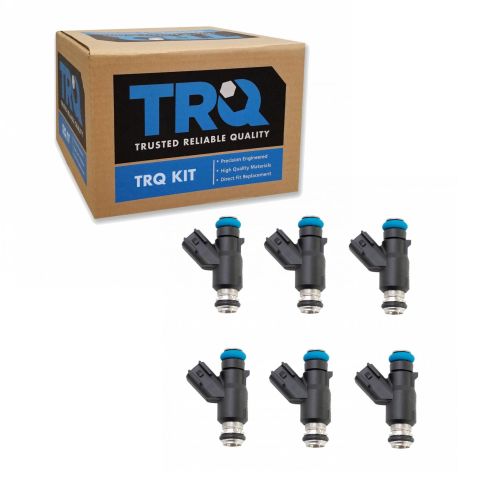1AEEK01358-Dodge Chrysler 6 Piece Fuel Injector Set TRQ FIA60329

Replaces
2006 Chrysler Pacifica V6 3.5L 6 Piece Fuel Injector Set TRQ FIA60329

Product Reviews
Loading reviews
5.00/ 5.0
10
10 reviews
05 Chrysler 300 3.5l
May 16, 2022
Works great for me
Great parts, worked better than Amazon pRts.
June 17, 2022
Worked great.
January 19, 2023
Good price I can feel the difference want to do this to all my friends cars now
Great
February 17, 2023
Great
May 22, 2023
I save a lot of fuel
Ford explorer
August 2, 2023
Work great I will order again from this website
August 17, 2023
Fit and work just right.
Product 100, Shipping 10/100
February 14, 2024
Worked great once arrived. 300 mile delivery took 10 days . Don't use USPS !
April 17, 2024
very good quality products
Impressive
June 28, 2024
I definitely had a faulty injector and decided to replace all of them at the same time. These were a direct fit and made a remarkable improvement in the acceleration and gas mileage of my 2007 Chrysler 300. Thank you 1 A Auto!!!
Customer Q&A
No questions have been asked about this item.
Chrysler is a registered trademark of FCA US LLC. 1A Auto is not affiliated with or sponsored by Chrysler or FCA US LLC.
See all trademarks.










